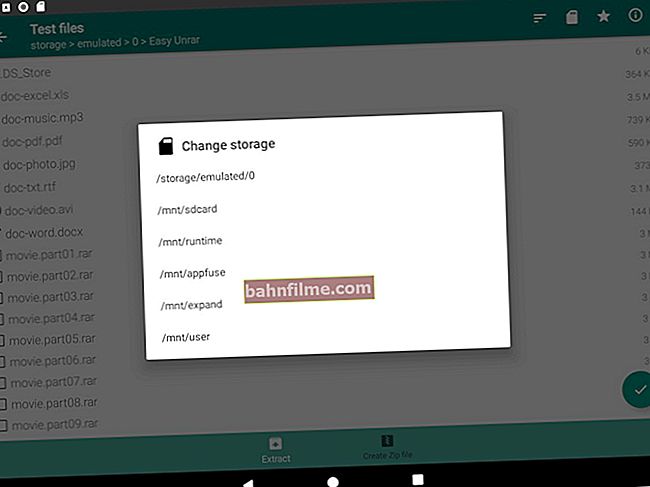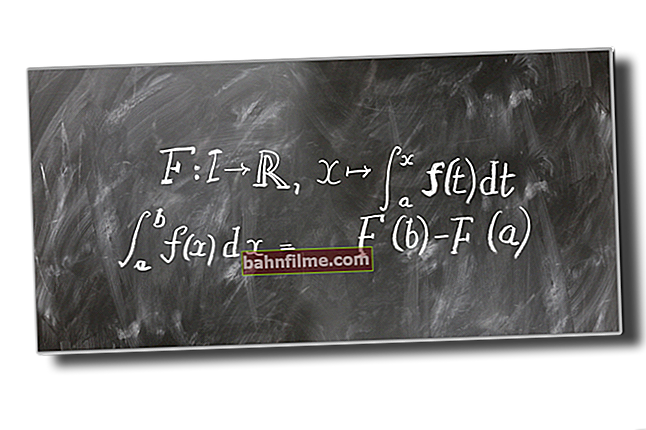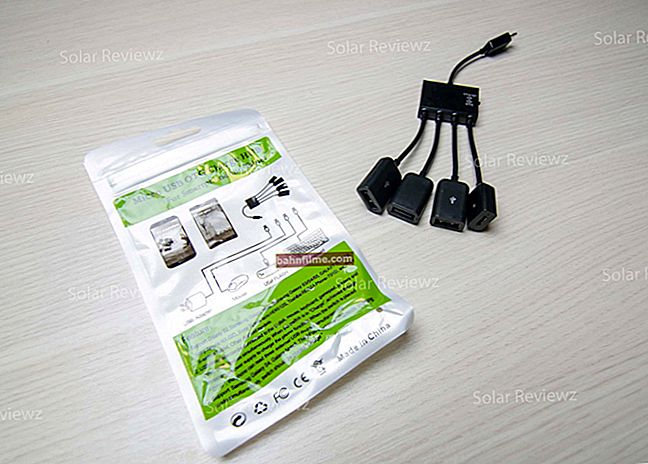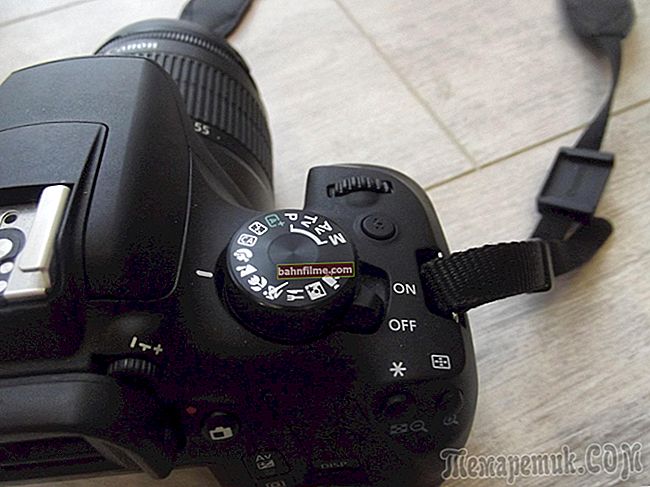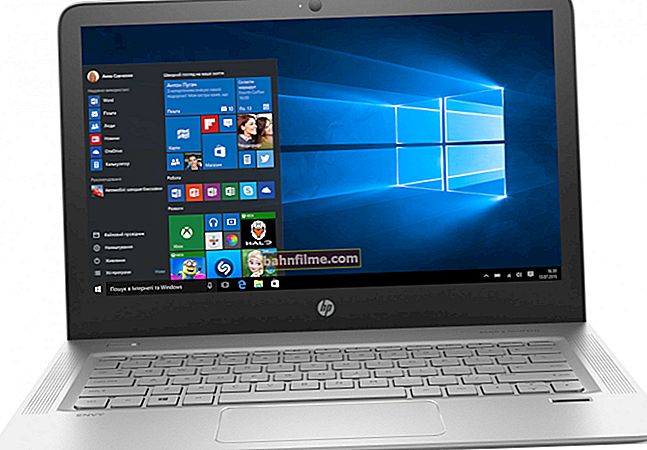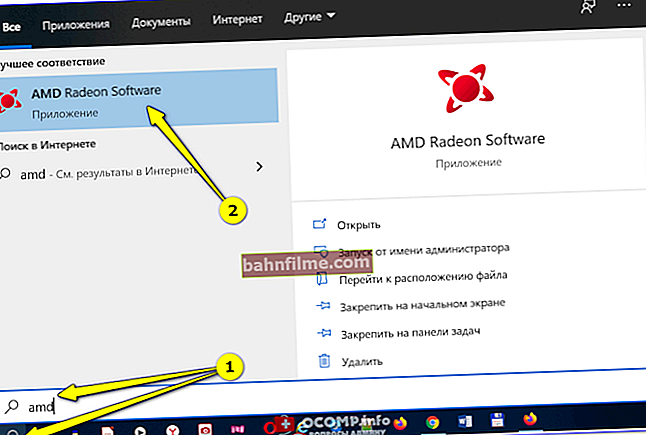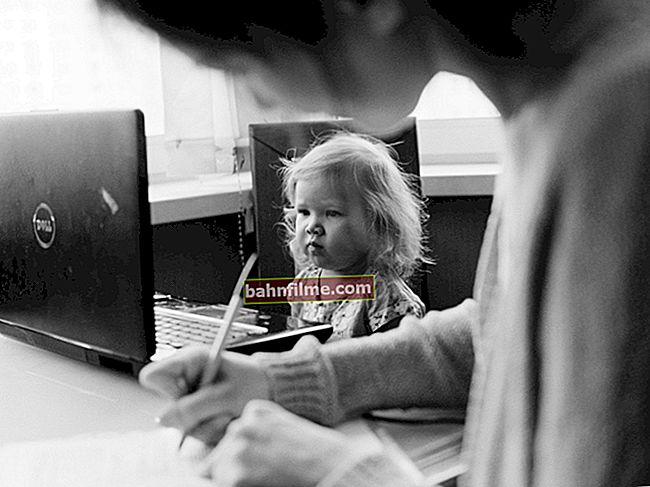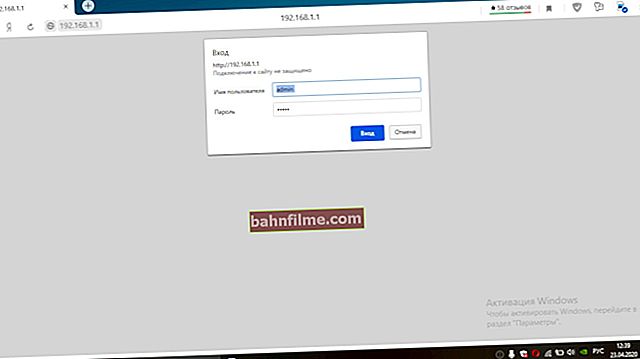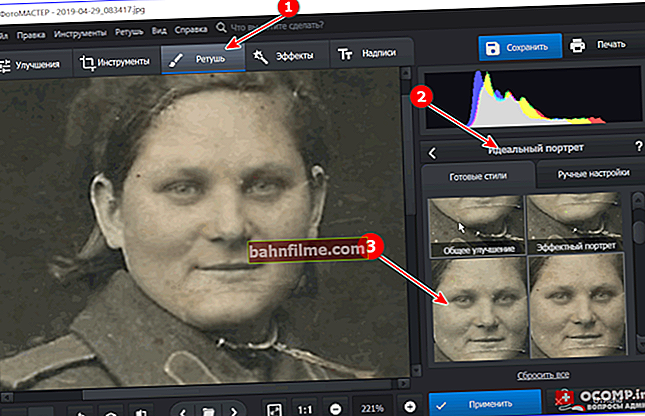
User question
Hello.
Not so long ago I bought a new computer (I ordered it with 2 hard drives at once). In order not to pay for installing Windows, I decided to do it myself, everything seems to work. But I go to "My Computer" - and I see only one drive ("C: \"), on which the system itself is installed, and the second is not. Is it not working, or am I missing something?
By the way, when installing the system, I saw two disks that could be selected under Windows. Strange somehow ...
Michael (note: contacts erased)
Good day!
If you could select both disks under Windows when installing it, then most likely the disk is now invisible in Explorer due to the fact that it is not formatted (this is often the case with new PCs / disks). As a rule, it is enough to open a special. utility in Windows "disk management" (or third-party analogues) and format it.
Below in the article I will show you how to do this step by step, and also give a number of reasons. So...
*
Reasons for "invisibility" of the disk
Drive is not formatted
Most common reason: File Explorer simply won't display an unformatted drive that it can't recognize (and to which you, in principle, cannot write anything yet) ... To view all "visible" and "invisible" drives connected to the computer, you need to run the utility "disk management" .
To open it:
- press the button combination Win + R;
- enter commanddiskmgmt.msc in line "Open" ;
- click OK (screenshot below).
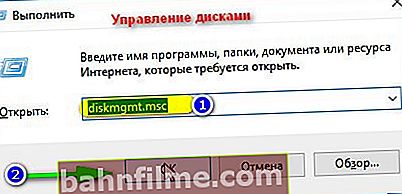
Screenshot: how to open disk management
Next, you will be presented with a list of drives: usually new drives are marked "in black" (as an unallocated area, see the screenshot below). To bring them into a "working" way: click on the unallocated area with the right mouse button and select "Create Simple Volume" .
Next, a step-by-step wizard will start, in which you can specify the drive letter, its size, etc. In general, you can leave everything by default and agree to create a volume.

Create 1 more volume on the unallocated space
Note!
If your drive is not displayed in "Disk Management", then I recommend going into the BIOS and see if the PC could detect it at all. More on this in the article below.
By the way, the created volume is necessary format (when formatting, most often, they choose the NTFS file system. You can see the difference between file systems here).
Important!Formatting will erase all data on the drive.

Disk Management - Format Drive
Note that after formatting the disk becomes visible in "My Computer" ("This Computer").

After formatting - the disk becomes visible in my computer
ADDITION!
In addition to the standard "disk management" utility in Windows, you can use special programs for working with hard drives. For example, AOMEI Partition Assistant, Acronis Disk Director, MiniTool Partition Wizard, etc. They are also able to "display" all disks connected to the PC and format them.
Link to similar software (with pros / cons of each program):Programs for formatting hard drives
Drive letter conflict
By default, Windows automatically assigns a certain letter to all connected drives, say, "Drive D: \" or "Drive E: \", etc. But it sometimes happens that there is an "overlap" and the letters match (for example, the letter of the hard drive may coincide with some virtual drive) ... Because of this, it is possible that your disk will not be displayed (even if it is formatted).
To fix this, simply manually change the assigned drive letter. To do this, you need to open "Disk Management" (a little higher in the article it is described how this is done) and right-click on the name of the disk, for example, "Local D" (see example below) - select from the menu "Change drive letter or path ..." .

Change drive letter
Then change one letter to another (you need to select the one that you have not yet used).

We indicate an excellent letter
After changes, restart your PC.
Is the hard drive visible in BIOS / UEFI
It also happens that the disk is not visible anywhere: neither in Explorer, nor in My Computer, nor in Disk Management, nor in any specials. programs for formatting drives.
In this case, you must first make sure that the drive is visible in BIOS | UEFI. Simply, if it is not displayed in the BIOS, then you will not see it in any Windows program ...
To help!
If you do not know how to enter BIOS / UEFI, then here is a small instruction on this topic: //ocomp.info/kak-voyti-v-bios.html
In addition, usually, when buying a laptop / PC, it comes with those. documentation (it also specifies how to enter the BIOS and how to configure it).
In most cases, in modern BIOS versions, information on drives is immediately visible (you don't even need to open any partitions). View if the disk model, its size, serial number is displayed.

Is the disk visible in UEFI (its model, size, etc.). On the screenshot, the arrow shows the hard disk (Storage) - its model has been determined, i.e. disk is "detected" (clickable)
What to check first
If the BIOS does not define the disk model (or it is not visible at all that the disk is connected), then there is no point in going to Windows and trying to configure it. More often than not, the problem lies in the hardware.
Outgoing contacts
First, turn off your computer and check all the cables and pins of the drive. The most common reason for "invisibility": poor contact between the contact tracks of the disk and the cable.
By the way, if your disc is already in use - take a closer look at these "tracks", whether they are covered with dust, whether they have acidified. It is advisable to carefully clean them with an eraser (erase, see the screen below).

Cleaning contacts with erasers
If you have a PC (and not a laptop, where there is no "choice"), try connecting the disk to other cables (it is not uncommon when one of the cables is "loose" and does not provide a reliable connection).
Lack of food
Also, a very common problem when connecting a second / third disk to the system is a lack of power. Typical office system units suffer from this more, in which, for the sake of economy, they put inexpensive low-power power supplies. As a result, when an additional disk is connected to the system, it may simply not have enough power.
How to recognize / define this?
- monitor the operation of the disk (a characteristic feature of this operation): if there is a power shortage, the disk can be detected normally, but as soon as data is written to it, an error occurs and it "disappears", becomes invisible (after a while it may "appear" again).
- you can try to run the HWMonitor utility and look at the voltage surges under load: if there are "dips" 5% -7% (or more), the power supply is clearly not coping;
- the easiest way: use a special device to connect the disk to the USB port (they are simply called BOX for HDD)... Moreover, BOX can be of different configurations (with and without a power supply unit): you need one that has its own power supply unit! If the disk with the power supply is working normally, but without it it constantly "disappears" - the problem with the power supply is obvious.
Try connecting the drive to USB / another PC
The easiest way to check the operation of the disk (as recommended above) is to use a special. BOX. With it, the drive can be connected to a regular USB and see how it works.
Pay attention to the construction of the BOX: there is nothing complicated about it. As a rule, it is enough to insert a disk into a box with a compartment, close it, connect the disk with loops to USB and a power adapter, and turn it on.
Where to buy such a thing? At any computer store. If you take your time, you can order for "pennies" in Chinese online stores: //ocomp.info/kitayskie-internet-magazinyi.html

BOX to connect the drive to a laptop / PC
You can also use another PC / laptop to recheck the disc.
To help!

How to connect a hard drive from a laptop to a computer - //ocomp.info/kak-podklyuchit-zhestkiy-disk-ot-noutbuka-k-kompyuteru.html
Disk hardware failure
If no tricks make it possible to "see" the disc, it is possible that it simply fell into disrepair. By the way, there is such statistics that 0.1% -0.3% of disks are damaged and become unusable during "long" transportation (especially in our country, where boxes with drives are often thrown and thrown when unloading) ... Add to this a possible factory defect ... Therefore, even a relatively new disk can fail, and there is nothing so surprising in this ...
If there is a warranty on the disk, just replace it. By the way, if you are dealing with an external HDD, then do not rush to throw it away. The fact is that some of them can be tried to be restored: moreover, it is often possible to do this at home. The link to the article is given below.
Repairing an external hard drive at home // trying to restore functionality - //ocomp.info/remont-vneshnego-zhestkogo-diska.html
*
For additions on the topic - a separate merci ...
That's all for now, good luck!

